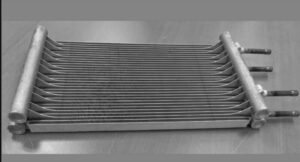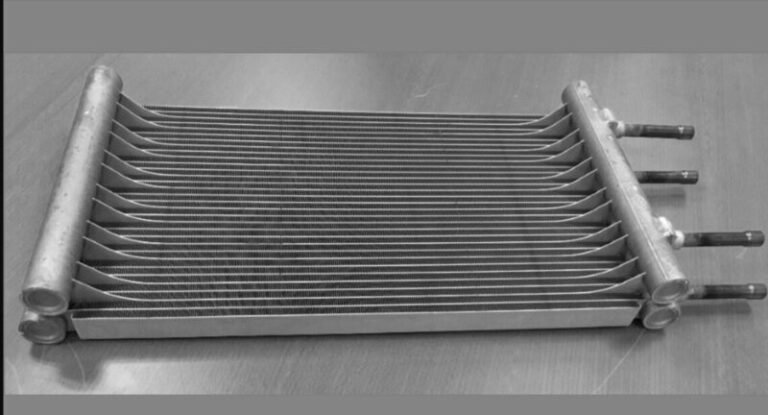Australia’s textile industry shows promising growth potential, given the prevalence of lands to grow natural fibres in the country. Garment production and clothes manufacturing continue to be critical sources of employment and economic development, which explain the constant developments in the industry. The workforce has also encouraged the use of technologies to come up with more efficient management systems. In terms of occupational skills, industrial sewing remains the top priority since this is essential to creating high-quality products.
Given that Australia houses some internationally-acclaimed garment companies, it is no doubt that fashion businesses have huge potential in the country. If you enjoy making clothes, you likely started with a trusted sewing machine at home to practice and create samples. However, if you plan to run a business or simply want to expand your sewing skills, you may have to start looking at industrial sewing machines in Australia.
Industrial sewing machines are more powerful and durable, making them capable of performing more functions. That said, it is natural to be apprehensive about replacing your home sewing machine, especially if you have spent years using it. However, it is not impossible to do so, and with a bit of learning, you should be able to operate an industrial machine in no time.
Thread and Fabric
Home sewing machines tend to be limited in thread and fabric options due to their power capacity. Industrial machines, however, are designed to be stronger, so you can use heavier threads and fabrics. If you are interested in sewing leather or denim pieces or working with multiple layers, you will still be able to do so with an industrial machine. Take note that you have to adjust your needle size based on the fabric weight. For example, a 90/14 needle can be used for denim, while a 70/10 needle can be used for Lycra or linen.
Work Time
You might be used to operating your home machine for only a few hours a day, but once you switch to an industrial sewing machine, you will be able to use it for more than five hours a day. The latter was essentially made to work overtime, making it the perfect machine for mass production in a business.
Regular Maintenance
Perhaps one of the things you will have to familiarise yourself with when using industrial sewing machines in Australia is the fact that you have to clean and oil them regularly to maintain their condition. Home sewing machines usually need little to no maintenance since most have a built-in oil system, and it is easy to find spare parts. Industrial sewing machines, however, are much more complex and need regular maintenance to ensure they continue working properly.
Stitch Type
Though industrial sewing machines are more functional, they still come in a variety of types that each caters to different purposes. If you are using the machines for a business, then you may need a certain type to perform the necessary tasks. For example, if you are manufacturing denim clothes, then you can go for a postbed sewing machine. You will also find button machines, which are suitable for attaching buttons or creating buttonholes.
Industrial sewing machines are significant investments, regardless of where you intend to use them, but they also come with several benefits. For business purposes, in particular, they are worth the cost since these machines will help you maximise your production and create better quality products.













